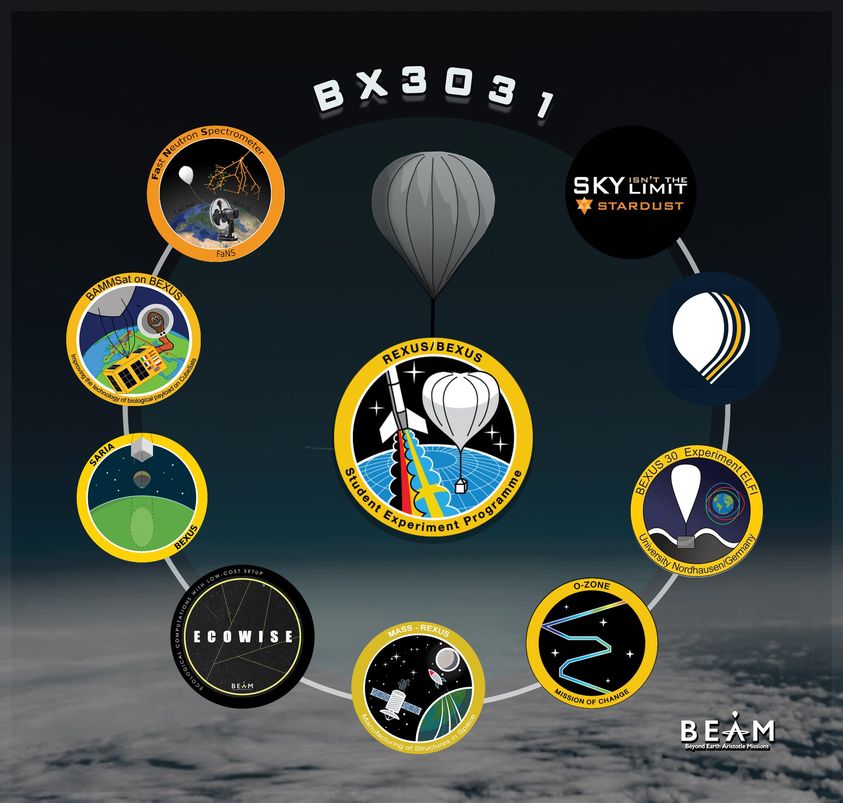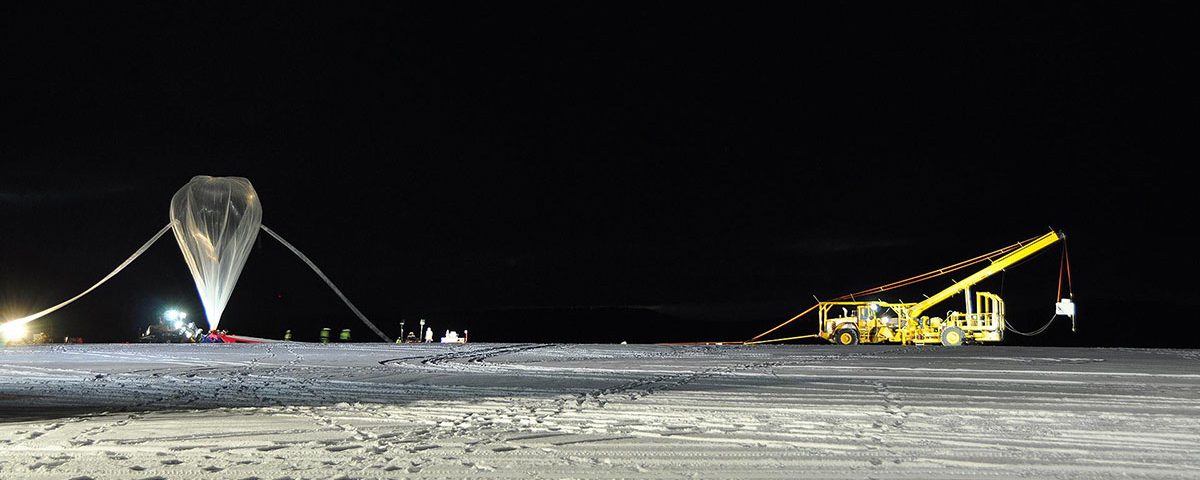BEXUS – Balloon Experiments for University Students
The Bexus 30/31 balloon launch campaign takes place between 24th of September and 4th of October 2021. Distributed on the two vehicles there are 9 experiments from all over Europe participating in the REXUS/BEXUS Student Programme.
The REXUS/BEXUS programme is realized under a bilateral Agency Agreement between the German Aerospace Center (DLR) and the Swedish National Space Agency (ESA).
EuroLaunch, a cooperation between the Esrange Space Center of SSC and the Mobile Rocket Base (MORABA) of DLR, is responsible for the campaign management and operations of the launch vehicles. Experts from ESA, ZARM, SSC and DLR provides technical support to the student teams troughout the project.
REXUS and BEXUS are launched from SSC, Esrange Space Center in northern Sweden.



